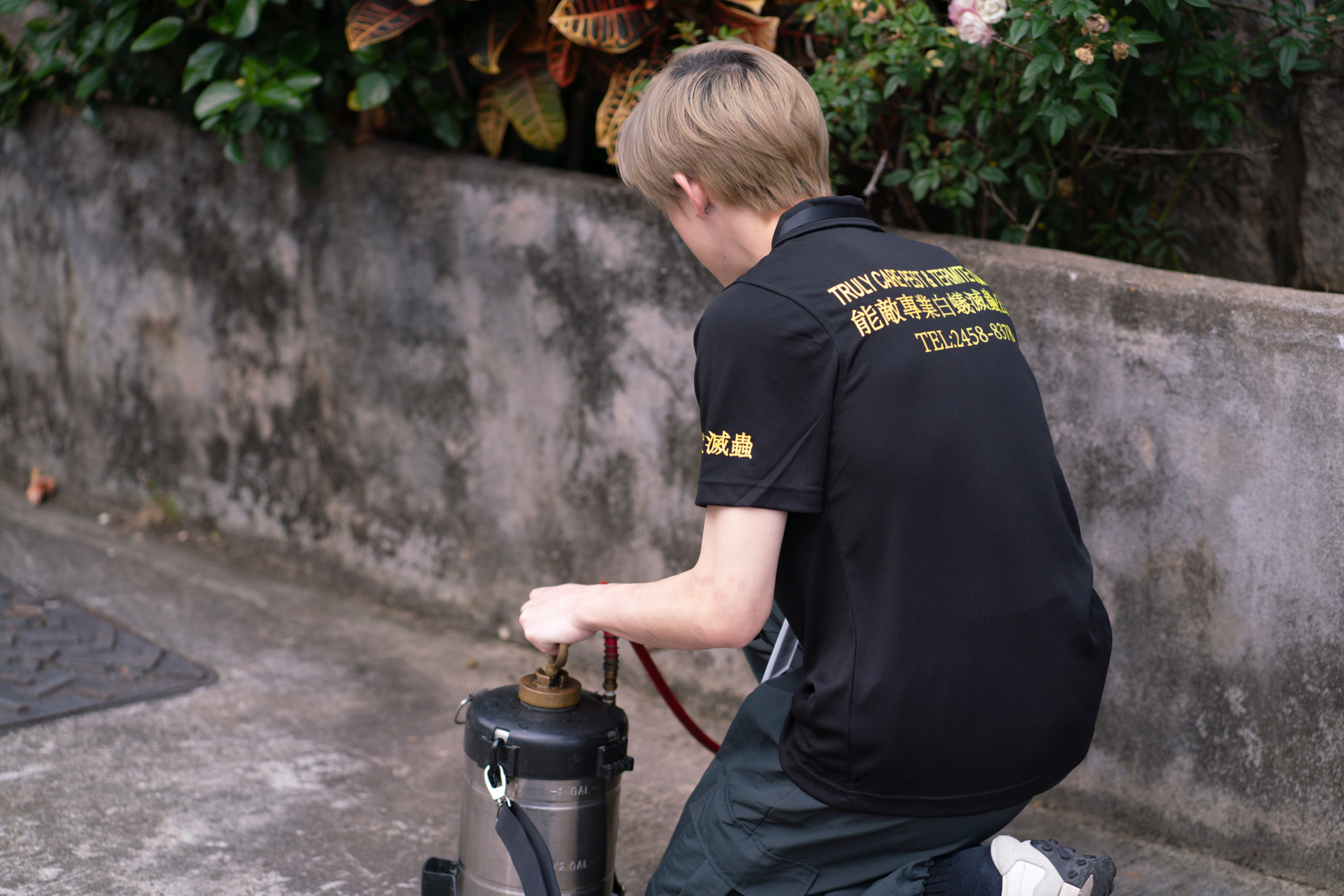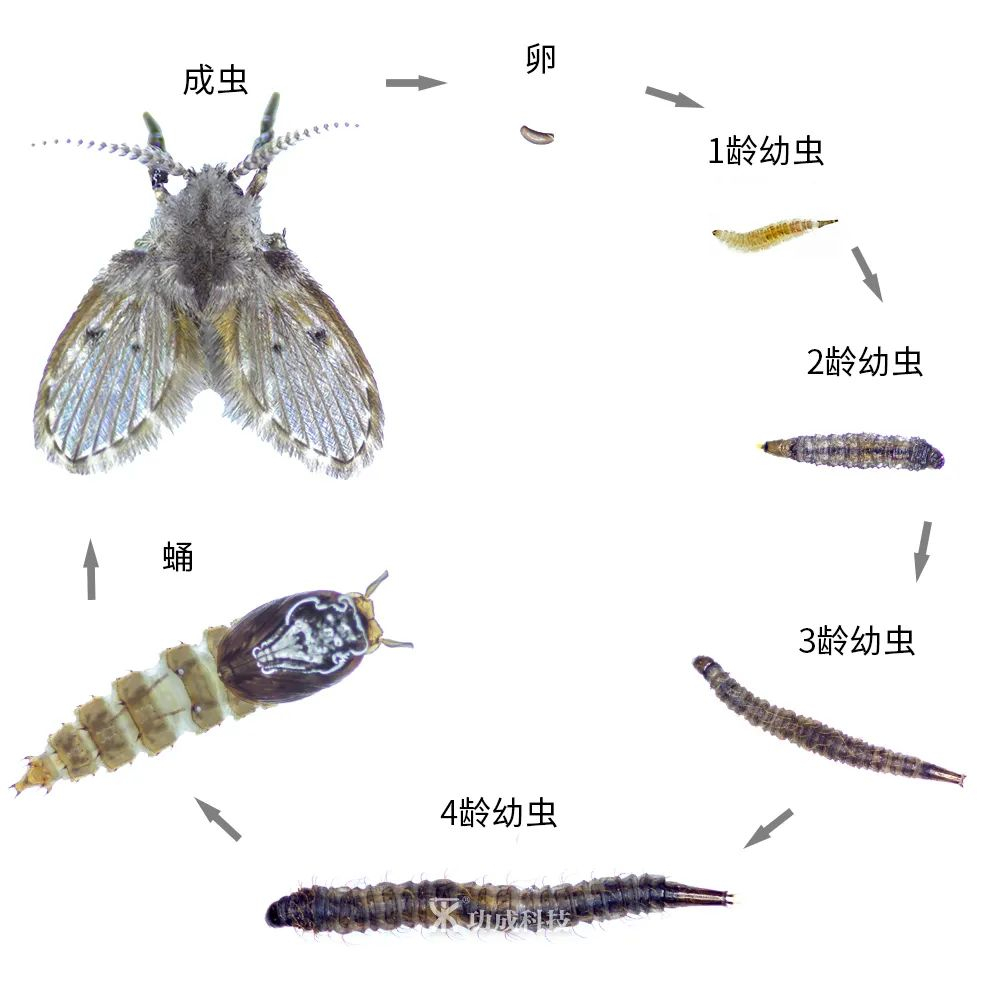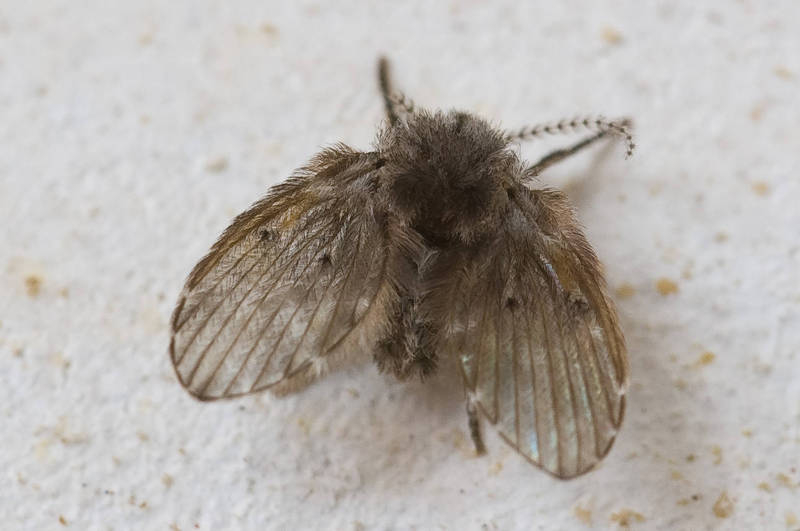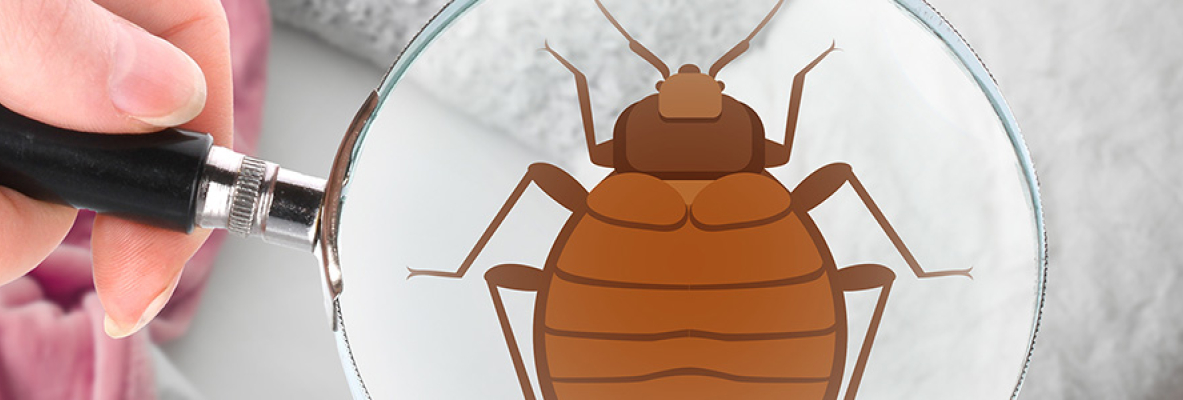
Moth Facts
Scientific Name:Lepidoptera
Species:There are thought to be approximately 160,000 species of moths, and most species of moths are nocturnal.
Moth Behavior
Moths are related to butterflies, but are often overlooked and misunderstood compared to their flashy and beloved butterfly counterparts.
Moths evolved long before butterflies, with fossils dating back to 190 million years old. Moth larvae or caterpillars make cocoons that they emerge from as fully-grown adults with wings. Moths have important roles in the wildlife ecosystem, pollinating flowers, and as food for other animals. The larvae of the white spot moth gnat and the star spot moth gnat mainly breed in shallow waters containing decaying organic matter in cities, such as septic tanks, cesspools, side houses, bathroom sinks, floor water, kitchen sinks, damp rags... etc. Can cultivate a large number of gnats. Moth larvae can also be found in outdoor siltation drains, septic tanks, and some high-organic water containers. After emergence, most of the adult moth gnats stopped on the wall nearby.

Moth Infestations
Most moths are happy to stay outdoors and only come inside if they are attracted at night by bright lights and doors and windows are left open. However, there are a few species that can be brought inside in storage boxes or in dry food stuffs. These can damage food and clothing and should be controlled. Clothes moths are a light tan color, have very narrow wings, and can grow up to 1.27cm long. It is the larva (small white worm looking) that actually eats wool garments, not the adult moths themselves. But if you see the adult clothes moths around you can assume they are laying eggs. Clothes moths pose no serious health concern to humans; however, an infestation can quickly ruin rarely used or stored clothing such as old military uniforms, blankets, feathered hats, tuxedos, overcoats, evening gowns, hats, antique dolls and toys, and wall hangings, wool and cotton. The damage from clothes moths appears as many small holes throughout the garment. Once you identify the presence of clothes moths, it is important to take action immediately. It is rare that infestations will be isolated to one particular location; moths like to travel around the home, searching for new places to lay eggs. Be sure to check carefully to find everything that has been infested. Clean, treat, or get rid of infested items. It may be better to throw out an infested item to protect uninfected clothes.

Midge Awareness
Midges thrive in damp and waterlogged areas. Their larvae primarily grow in sewage, waterlogged drains, and cesspits. As adults, they may fly or move from drains, sewage pipes, or along waterlogged areas to other places. Therefore, typically humid environments are often where midges are found.
Life Cycle and Diet of Midges
The life cycle of midges is not lengthy, ranging from about 8 to 20 days from larva to adult stage. They mainly feed on decaying organic matter in sewage. However, after laying eggs, they can produce dozens of larvae at once, posing a threat to household environments. Particularly concerning is that midges, from larvae to adults, are associated with sewage, pipelines, and similar environments, potentially carrying bacteria such as E. coli. Therefore, there may be concerns about contact with items or food surfaces.
Media coverage and our pest extermination process









